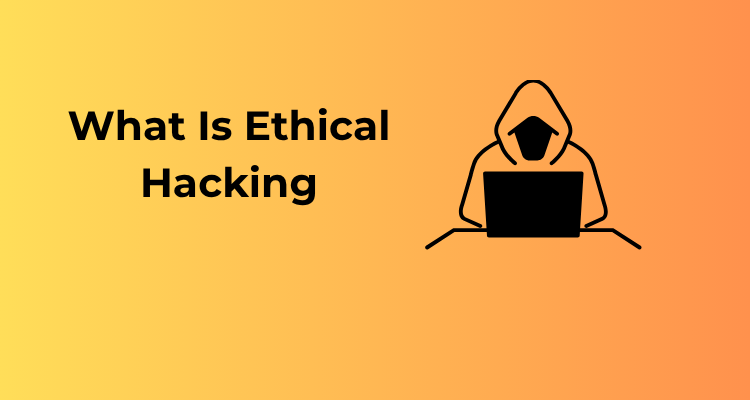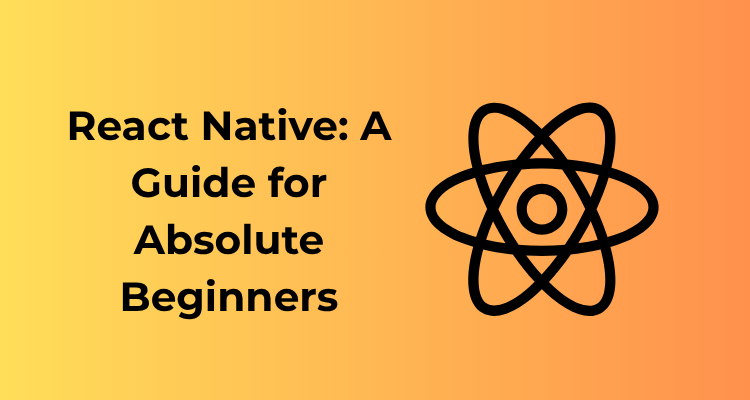In JavaScript a lexical environment is the space where variables and functions are stored and can be accessed when the code runs. It serves as a container for all the identifiers (like variables and function declarations) within a specific scope.
Every time JavaScript code is executed whether globally or within a function a new lexical environment is created. This environment tracks the identifiers defined in that block of code. Each environment also maintains a connection to its parent environment allowing it to look up variables that are not found locally ensuring smooth variable management. This is crucial in JavaScript’s scope system where variables are resolved based on their location within the code.
Understanding Lexical Environment
A lexical environment in JavaScript is the structure that holds variables functions and references used during code execution. It consists of two main parts:
- Environment Record: This part stores variables function declarations and bindings within a particular scope. It’s like a storage unit for all the data that is accessible in that scope. For example variables defined within a function or block are kept in the environment record of that lexical environment.
(DEV Community )( In Plain English ). - Outer Environment Reference: This is a link to the parent environment which allows JavaScript to resolve variables that are not found in the current environment by looking up the scope chain. This connection ensures that if a variable is not available locally it can still be accessed from the outer scopes(
DEV Community )( DEV Community ).
Components of a Lexical Environment
- Environment Record: It stores all the variables and functions defined in the current scope. Every new scope creates a new environment record to keep track of all identifiers.
- Outer Environment Reference: This links to the parent lexical environment which allows the program to search for variables in broader scopes when they are not found in the local one.(
DEV Community ).
Types of Lexical Environments
- Global Lexical Environment: The global lexical environment is created as soon as the JavaScript code starts running. It holds all globally defined variables and functions. These are available throughout the entire code.(
DEV Community ). - Local Lexical Environment: A local lexical environment is created every time a function is called or a block of code is executed (like inside an if statement). Variables declared inside the function or block are stored in this local environment and are not accessible outside it.(
MDN Web Docs )( In Plain English ).
Example: Global and Local Environments in Action
let globalVar = 'I am global';
function exampleFunction() {
let localVar = 'I am local';
console.log(globalVar); // Accesses global variable
}
exampleFunction();
In this example the globalVar is stored in the global lexical environment accessible anywhere in the code. The localVar is stored in the local lexical environment of exampleFunction and is only accessible within that function. The function can still access globalVar because of the outer environment reference to the global environment(
MDN Web Docs )( DEV Community ).

How Lexical Scoping Works
Lexical scoping in JavaScript refers to how variable names are resolved in nested functions based on where they are physically written in the code. JavaScript uses this “lexical” structure to determine which variables are accessible at any given point in the code. This means that the availability of variables is determined by their location within the source code not where or when functions are executed (
MDN Web Docs )( DEV Community ).When JavaScript executes code, it creates a lexical environment for each block or function. Each of these environments holds the variables defined in that scope, as well as a reference to its parent environment. This creates a scope chain that JavaScript follows to resolve variables. If a variable is not found in the local environment, the engine looks at the outer environments until it reaches the global scope(
MDN Web Docs )( In Plain English ).
Example with Nested Functions
function outerFunction() {
let outerVar = 'I am outside!';
function innerFunction() {
let innerVar = 'I am inside!';
console.log(outerVar); // Can access outerVar
}
innerFunction();
console.log(innerVar); // Error: innerVar is not defined
}
outerFunction();
In this example
The outerFunction has a variable outerVar in its lexical environment.
The innerFunction has its own lexical environment but it can still access outerVar because of lexical scoping. However, innerVar is not accessible outside innerFunction because it exists only in that specific environment(
DEV Community ).
This behavior shows how variables are resolved based on where they are declared, demonstrating the core concept of lexical scoping.
Scope Chain and Lexical Environment
The scope chain in JavaScript is the mechanism that JavaScript uses to look up variables when executing a function. It determines the hierarchy of lexical environments that JavaScript must go through to resolve variables. Every time a function is called a new lexical environment is created for that function and the scope chain allows JavaScript to search through all the outer lexical environments to find variables that aren’t available in the current scope(
In Plain English )(
DEV Community ).
How the Scope Chain Works
When JavaScript needs to access a variable:
- It first looks in the local lexical environment where the variable is being referenced (e.g. inside a function or block).
- If the variable is not found it goes up one level to the outer lexical environment following the outer environment reference.
- This process continues up the chain until it reaches the global environment which is the highest level of scope in a JavaScript program(
In Plain English ).
Multiple Lexical Environments in the Scope Chain
In JavaScript, multiple lexical environments can coexist due to the nesting of functions or blocks. These environments are connected through the scope chain, allowing inner functions to access variables from their outer lexical environments.
Example: javascript
Copy code
let globalVar = 'I am global';
function outerFunction() {
let outerVar = 'I am in the outer function';
function innerFunction() {
let innerVar = 'I am in the inner function';
console.log(globalVar); // Accesses variable from global scope
console.log(outerVar); // Accesses variable from outer function
}
innerFunction();
}
outerFunction();
In this example:
- The global lexical environment contains
globalVar. - The outerFunction creates its own lexical environment containing
outerVar. - Inside
innerFunction, the JavaScript engine first looks forouterVarwithin the inner lexical environment. Since it doesn’t find it there, it follows the scope chain to the outer lexical environment ofouterFunction. It also accessesglobalVarby following the chain all the way up to the code global lexical environment(
DEV Community )(
In Plain English )( DEV Community ).
This interaction between multiple lexical environments through the scope chain is a key feature of JavaScript’s scoping system, enabling nested functions to access variables from their parent environments.
Lexical Environment and Closures
A closure in JavaScript is a function that has access to its own scope the scope of its parent function and the global scope. Closures are created whenever a function is created allowing that function to retain access to the variables from its lexical environment even after the outer function has finished executing(
DEV Community )( MDN Web Docs ).
Relationship Between Closures and Lexical Environment
Closures maintain references to the lexical environment in which they were created. This means that when an inner function (closure) is returned from an outer function, it “remembers” the variables in the outer function’s scope, even after the outer function has completed. This is possible because the lexical environment of the outer function persists in memory, thanks to the closure(
DEV Community )(
MDN Web Docs ).
Code Example:Javascript
function outerFunction() {
let outerVar = 'Outer';
return function innerFunction() {
console.log(outerVar); // Accesses outerVar from the outer lexical environment
};
}
const closure = outerFunction();
closure(); // Output: Outer
In this example
- The
outerFunctioncreates a variableouterVarand returns theinnerFunction. - Even after
outerFunctionhas finished execution, the returnednnerFunctioni (closure) retains access toouterVarbecause of the closure, which keeps a reference to its outer lexical environment(
DEV Community )( DEV Community ).
This is the essence of closures in JavaScript: functions that “carry” their lexical environment along with them, allowing access to variables that otherwise would not be available after the outer function completes.
Common Mistakes with Lexical Environments
Lexical environments are central to how JavaScript handles variable scoping, but they can lead to reference errors and unexpected variable behavior when misunderstood. These issues often arise due to confusion about how JavaScript resolves variables or due to scoping quirks like the use of var, let, and const .
- Reference Errors:
- Unexpected Variable Access with
var - Scoping Issues in Loops
- Closures and Memory Leaks
By understanding these common pitfalls, developers can avoid frustrating bugs and write more predictable, efficient JavaScript code.
Best Practices for Managing Lexical Environments
Managing lexical environments effectively in JavaScript ensures better readability, maintainability, and fewer scoping issues in your code. Here are some best practices to keep in mind:
- Use
letandconstfor Block-Scoped Variables. - This creates a new lexical environment for each loop iteration, avoiding the common pitfalls of
var(
DEV Community ) - Limit the Use of Global Variables.
- This avoids unnecessarily exposing variables to the global environment( DEV Community )
- losures for Controlled Variable Access C
- This pattern allows controlled access to count without exposing it directly(
DEV Community )(
DEV Community ). - Modularize Code to Improve Scope Management
- This keeps each function’s lexical environment self-contained, making it easier to debug and maintain(
DEV Community ). - Avoid Hoisting Pitfalls
- This helps avoid the confusion caused by hoisting(
MDN Web Docs ). - Use Strict Mode .
- This helps avoid potential bugs and makes your code more robust(
DEV Community ). - Clear Unused Variables .
Conclusion
Understanding lexical environments is crucial for writing clean, efficient JavaScript code. Lexical environments determine how variables are stored and accessed in different scopes, influencing how your code runs. By mastering this concept, developers can more easily debug issues like reference errors or unexpected variable access, particularly when dealing with nested functions and closures.
Being aware of how the scope chain works and how variables are resolved helps in structuring code more effectively. This ensures that variables are used appropriately, avoids common scoping pitfalls, and improves overall code readability and maintainability. Mastering lexical environments ultimately leads to fewer bugs, more predictable behavior, and optimized performance when working with JavaScript.
FAQs (from People Also Ask)
- What is a lexical environment in simple terms?
- How does lexical scoping differ from dynamic scoping in JavaScript?
- What is the difference between a lexical environment and a closure?









